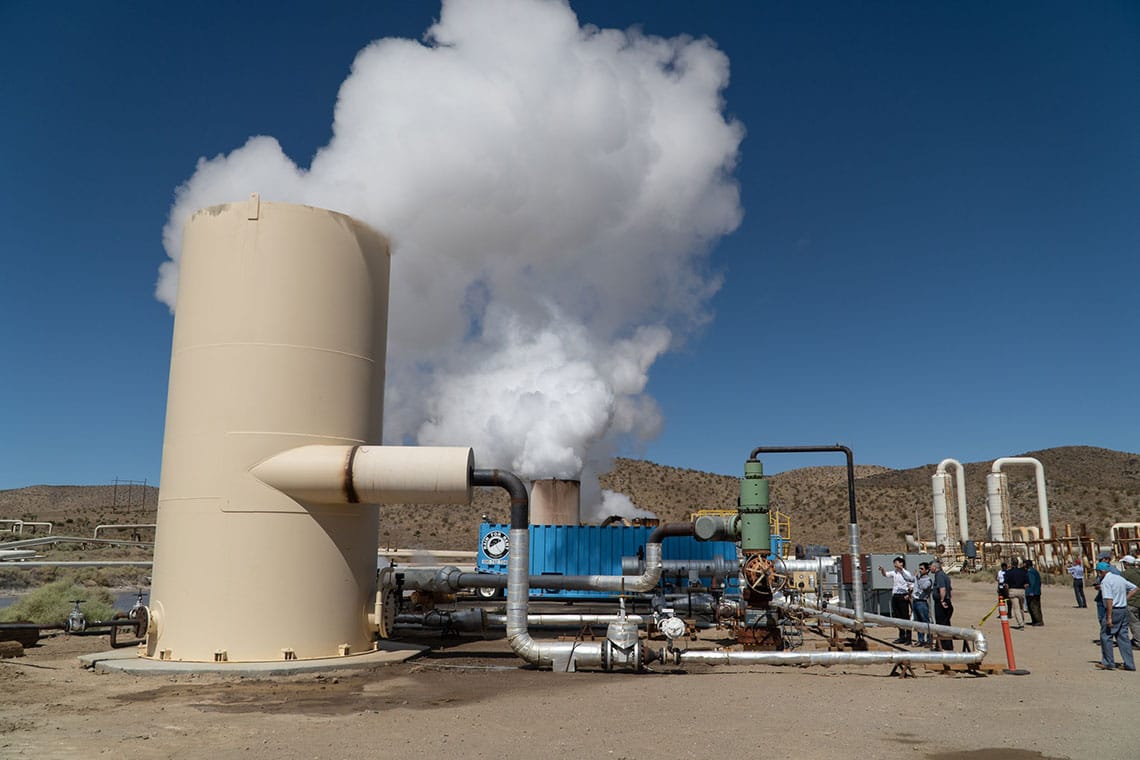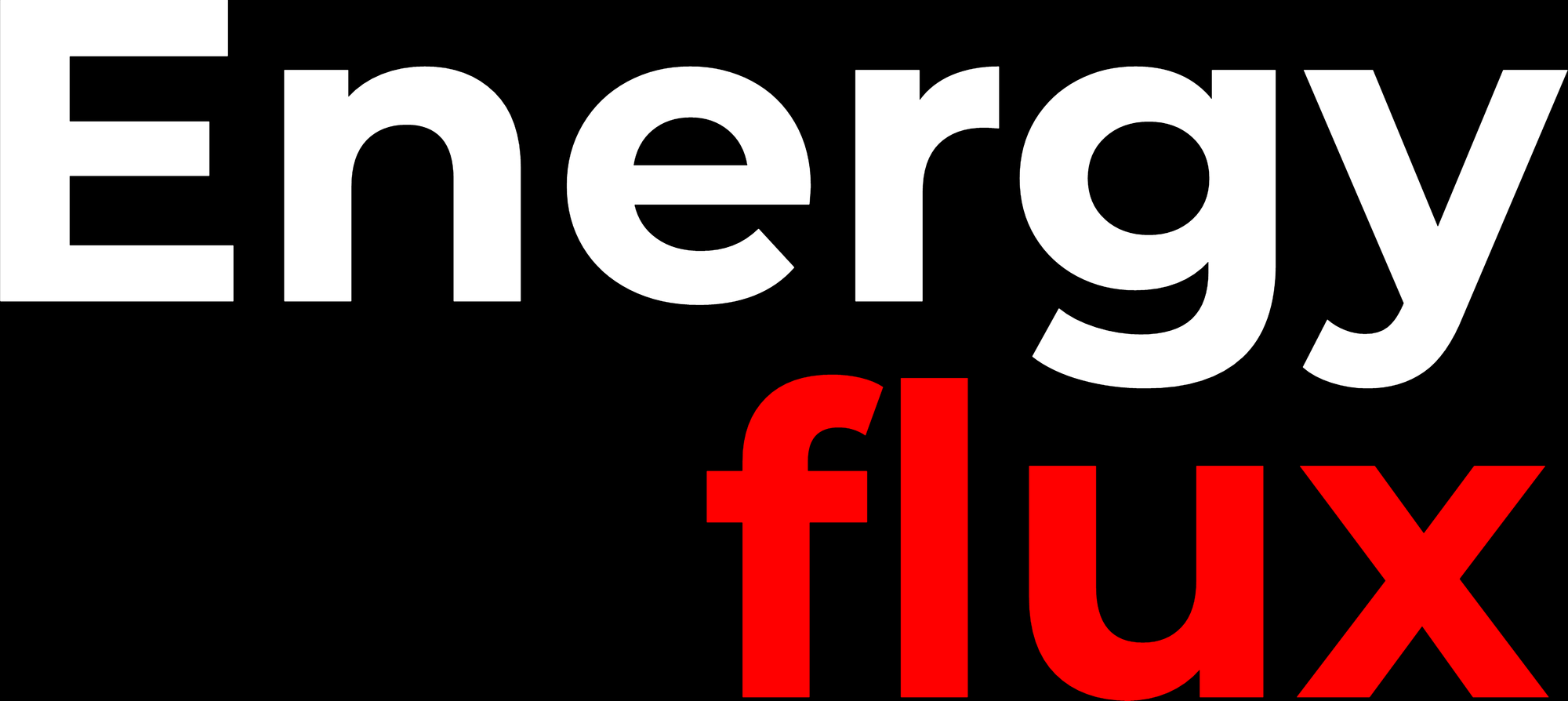Bringing geothermal to the masses
CausewayGT believes innovation can turn this niche resource into mainstream clean heat solution


Member discussion: Bringing geothermal to the masses
Read what members are saying. Subscribe to join the conversation.





